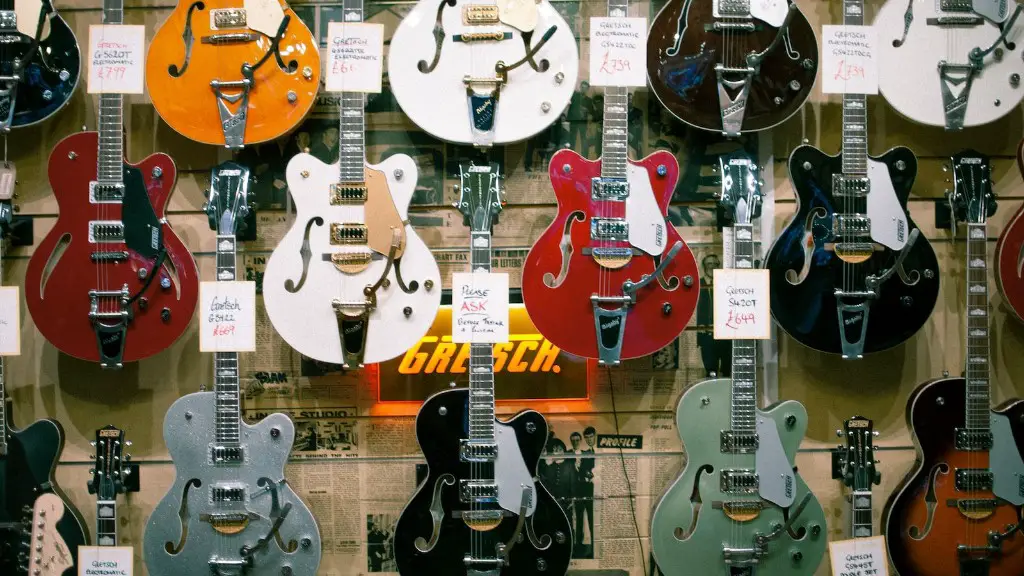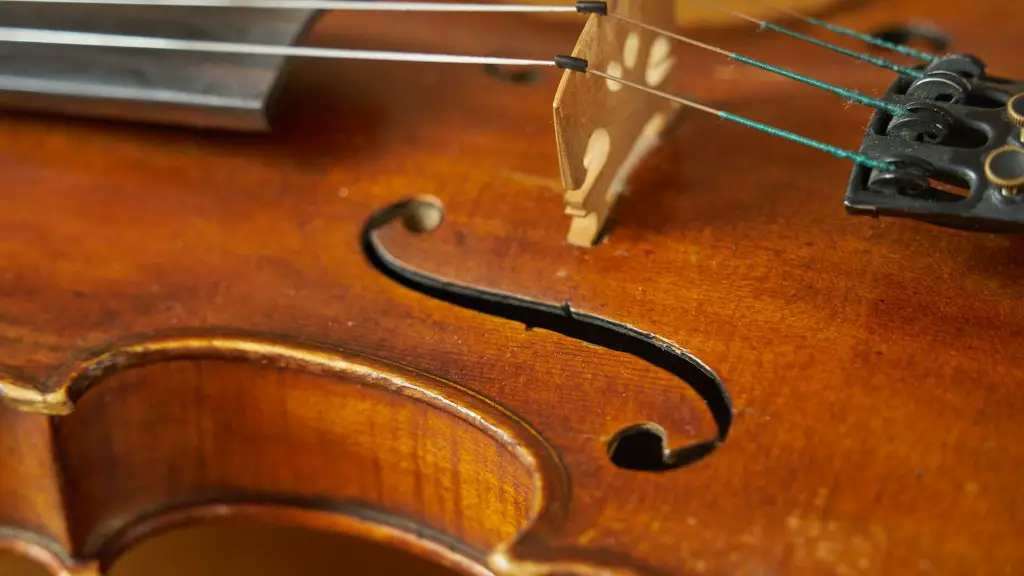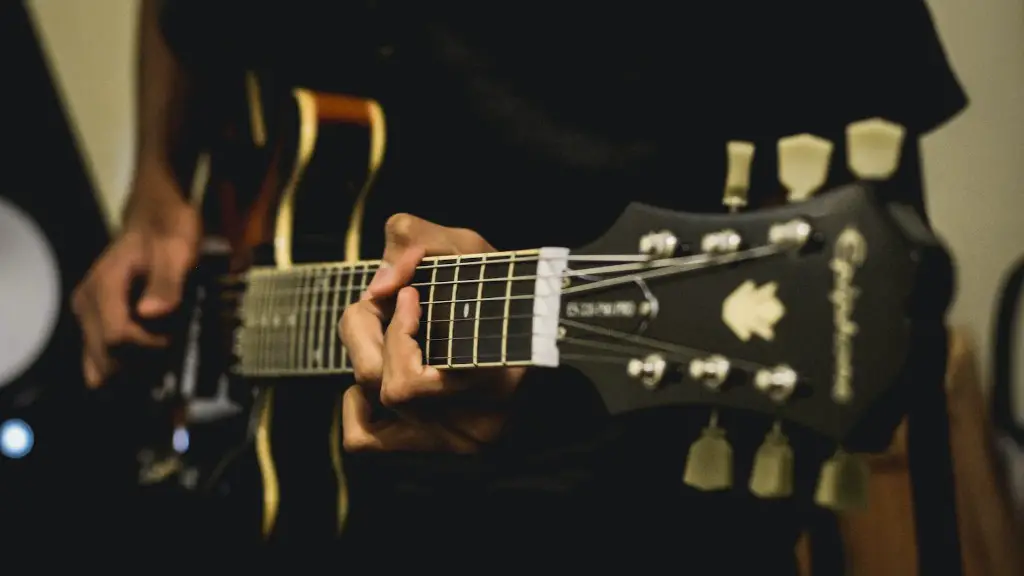Making a PVC trumpet is an easy and inexpensive way to create a musical instrument that sounds similar to a brass trumpet. It requires minimal tools and materials, making it both a fun and educational activity for kids and adults alike. The PVC trumpet can be used for many different activities such as marching bands, parades, and plays. Here’s how you can make one yourself:
Gather PVC pipe, PVC glue, a drill with a 1/8-inch bit and some brass tubing.
Cut the PVC Pipe
Cutting the PVC pipe is an essential step when making a PVC trumpet. To do this, measure and mark the desired length of your pipe according to your design, then use a saw to cut it along the marked line. If you don’t have access to a saw, you can use a hacksaw or even a sharp utility knife. It’s important to make sure that you make a clean cut; any rough edges can affect the sound of your instrument. Make sure to wear protective gear, such as gloves and safety glasses, when cutting the PVC pipe.
It also helps to sand down any rough edges using fine-grit sandpaper. This will create a smoother surface so that your trumpet looks and sounds its best! Be sure to take your time when cutting and sanding the pipe because precision is key in order for it to produce good sound quality.
Sand and Smooth the Pipe’s Edges
Once all the parts of the PVC trumpet have been cut and assembled, it is important to properly sand and smooth out the edges of the pipes for a more finished look. Start by using a coarse-grit sandpaper to remove any sharp edges or burrs. Make sure to sand all surfaces evenly for a consistent finish. Once all of the rough edges have been removed, switch to a finer-grit sandpaper and continue to smooth out the surface until you achieve your desired result. Finally, use steel wool and rub in a circular motion over all of the surfaces to give your PVC trumpet a polished look.
Making sure that all of the edges are properly sanded and smoothed will result in a much more professional looking instrument that will last for many years.
Drilling Holes into the Pipe
Making a PVC trumpet requires cutting and drilling holes into the pipe. Use a drill bit that is slightly larger than the diameter of the tube. This will create a more uniform and secure fit. Mark each hole with a pencil, then drill them out with a power drill. It is important to keep the drill bit perpendicular to the pipe to ensure an even hole. To avoid any unwanted chips, use a gentle pressure when drilling. Once all of the holes are drilled, you can use sandpaper or steel wool to remove any burrs or sharp edges. Be sure to wear protective eyewear and gloves when drilling.
When finished, your PVC trumpet should be ready for assembly and playing!
Adding the Mouthpiece and Receiver
Making a PVC trumpet is relatively straightforward and requires only a few materials. The next step in making your trumpet is to add the mouthpiece and receiver. To do this, cut a two-inch piece of PVC pipe and glue it into the larger PVC pipe at an angle. This will be the mouthpiece receiver and should be placed about one inch from the end of the larger pipe. Then, cut a one-inch piece of PVC pipe at an angle so that it fits snugly into the two-inch piece of pipe. This forms the mouthpiece. Finally, use epoxy to attach it securely in place. Make sure the epoxy is completely dry before proceeding to the next step. You now have a functional mouthpiece for your homemade trumpet!
Once you have finished adding your mouthpiece, you can then begin to paint and decorate your trumpet if desired. Depending on how creative you want to get, you can create designs with paint or even use stickers or other decorations to make your trumpet truly unique!
Attach the Bell and Tuning Slides
Attaching the bell and tuning slides is a crucial step in the process of making a PVC trumpet. The bell of the trumpet should be affixed to the pipe with an adhesive that is rated for plastic. Once it is in place, use duct tape to secure it tightly. The tuning slides are then attached to the pipe and can be adjusted as needed. Make sure they are tight so they do not move while playing. When all of the pieces are attached, use a pipe cutter to cut off any excess material that might interfere with sound production. Lastly, test out your newly created PVC trumpet!
Decorate a PVC Trumpet
Decorating a PVC trumpet is an easy and inexpensive way to make your own unique instrument. All you need is some basic tools and materials such as a hot glue gun, paint, brushes, and masking tape. Start by removing any hardware from the horn such as valves or mouthpieces. Cover the areas you don’t want painted with masking tape. Then, use a hot glue gun to attach embellishments of your choice to the horn. Once you have finished decorating the outside of the horn, use your paintbrush to apply a few coats of paint. Be sure to let each coat dry before applying the next one. You can also add sparkles or glitter for extra decoration if desired. When all coats of paint are dry, carefully remove any remaining tape and hardware that was attached before painting. Your custom-made trumpet is now ready for playing!
Decorating a PVC trumpet is a great way to show off your creative side and make something truly unique that will last for years to come!
To Sum It All Up
Making a PVC trumpet is an interesting and fun project for those who want to create a unique and exciting musical instrument. This guide has discussed the materials needed and the steps that are required to make an effective trumpet from PVC pipe. It is important to make sure all pieces fit tightly, or else there will be leaks that can affect the sound. The most important step is to attach the mouthpiece, as this will determine the sound quality of the instrument. Once all of these steps are completed, your new PVC trumpet should be ready for use!
Making a trumpet out of PVC pipe can be a rewarding experience if done correctly. With some patience and attention to detail, you can create a unique instrument capable of producing beautiful music.




